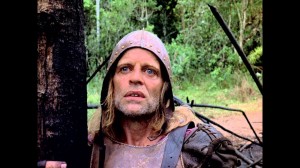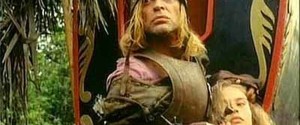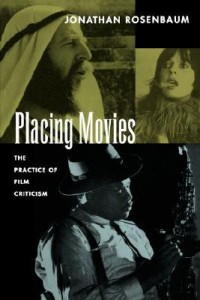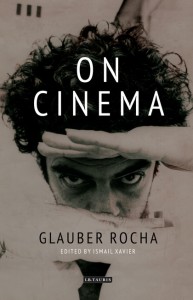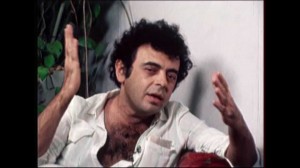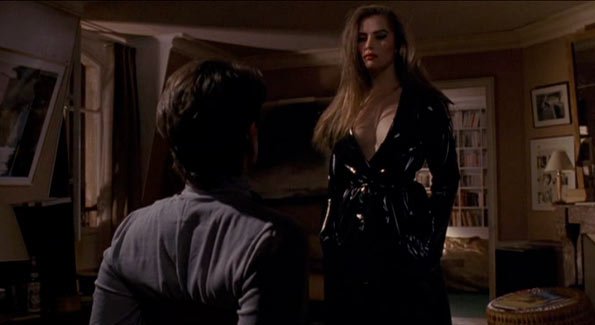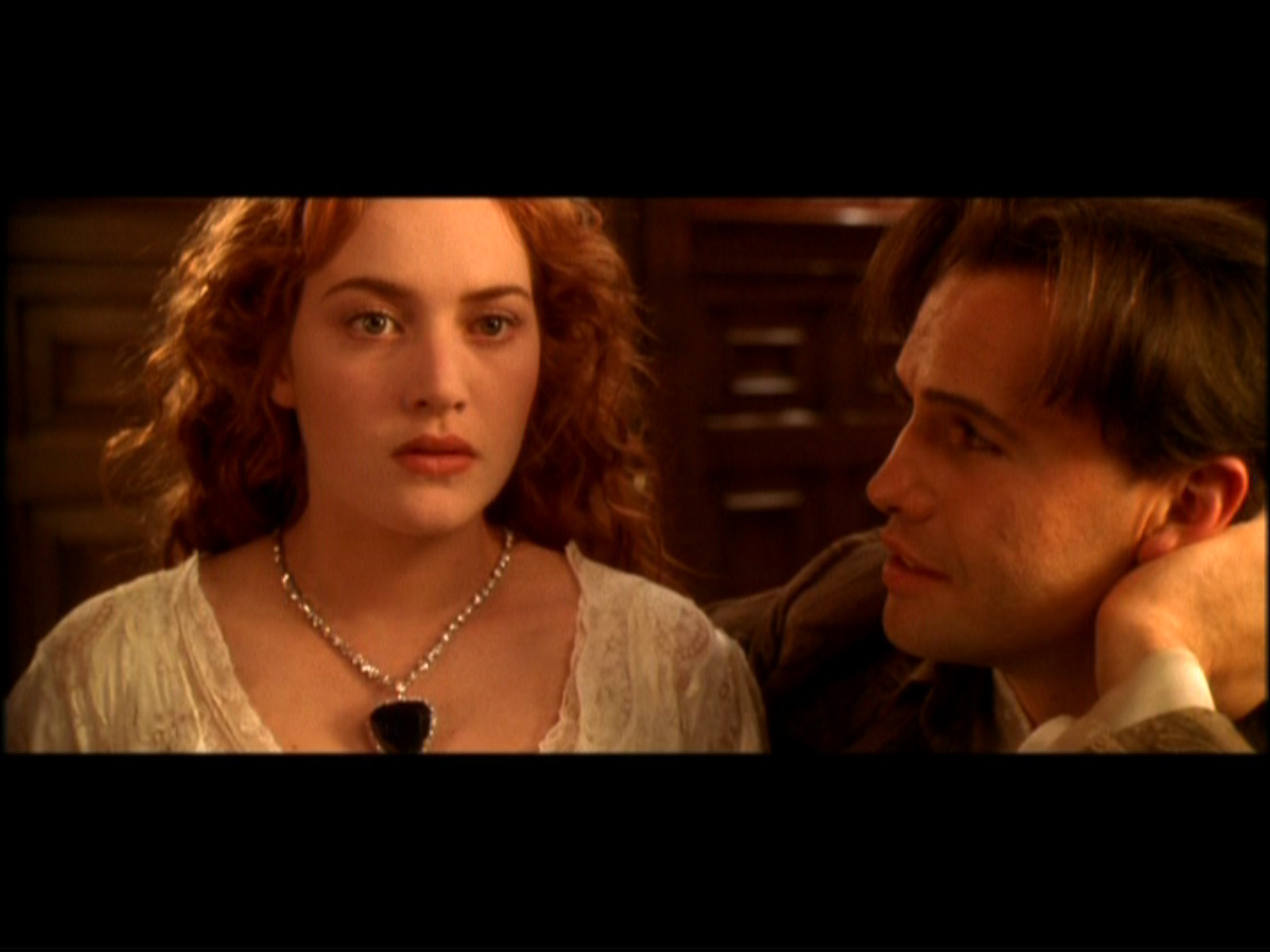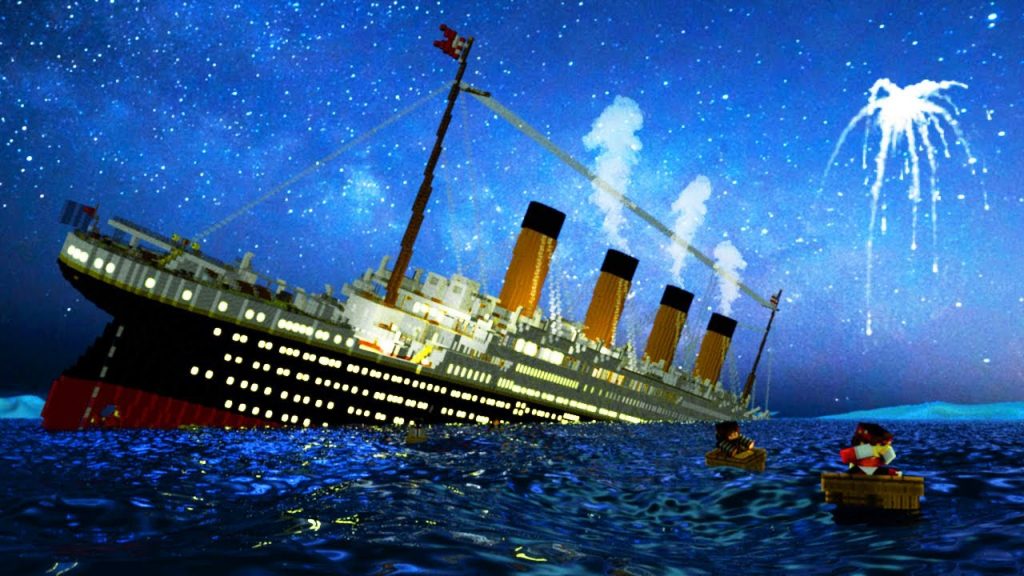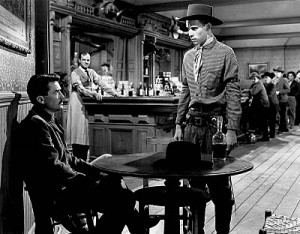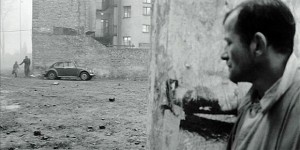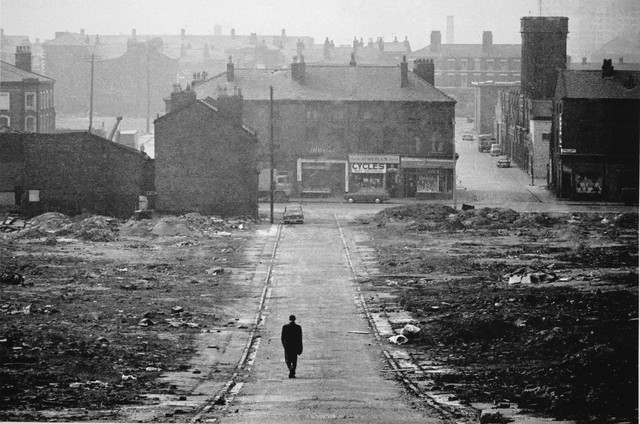Submitted on October 29, 2020. — J.R.
Five Best Digital Releases
Jonathan Rosenbaum
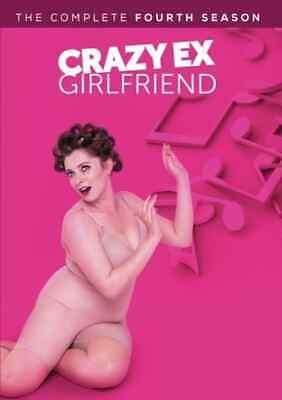
Rachel Bloom and Aline Brosh McKenna’s Crazy Ex-Girlfriend: The Complete Fourth Season (Warner Archive, four DVDs)
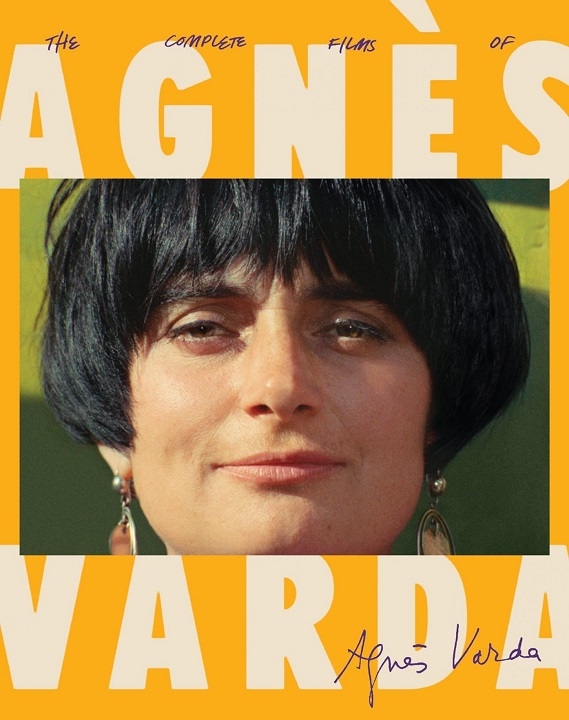
The Complete Films of Agnès Varda (Criterion, fifteen Blu-Rays).
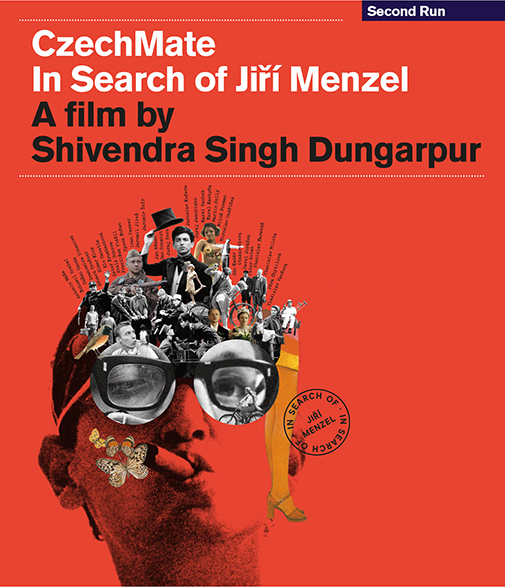
Shivendra Singh Dungarpur’s CzechMate: In Search of Jiří Menzel (Second Run Features, two Blu-Rays)
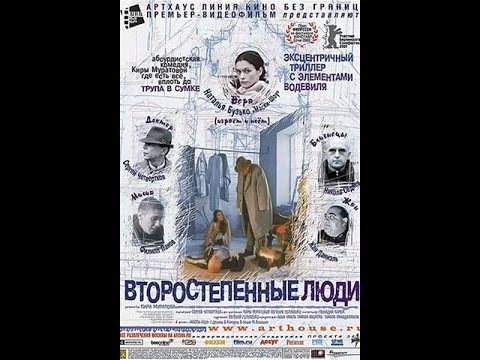
Kira Muratova’s Second Class Citizens (one Russian DVD).
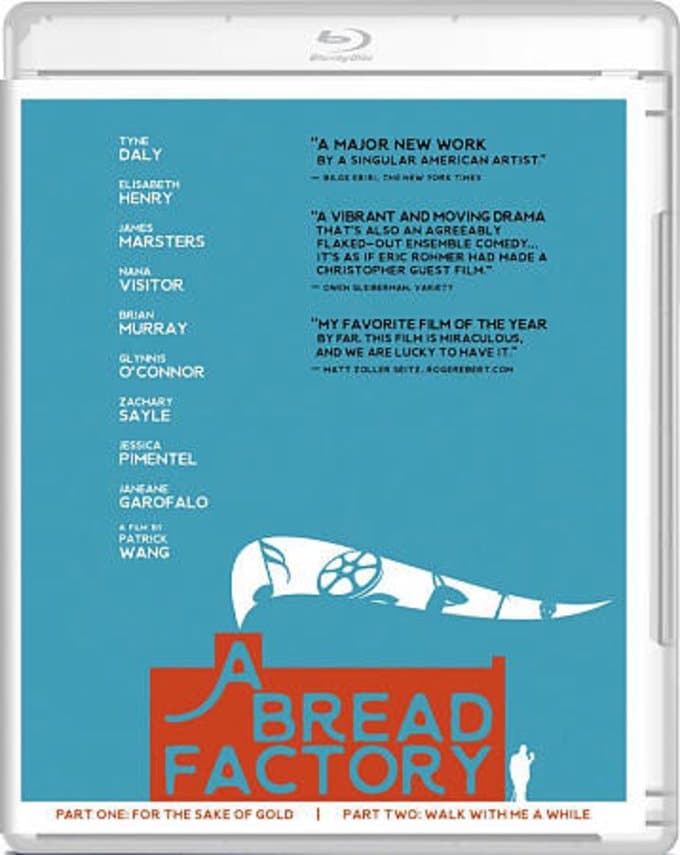
Patrick Wang’s A Bread Factory (Grasshopper Film, one Blu-Ray, one DVD)
I’ve ignored precise dates because Johnson-Trump have brought history to an impasse, and one country’s 2019 release might not even arrive in the mail before 2020. I’ve included A Bread Factory even though it includes my own public interview with its writer-director. Teaching a course in Varda made me appreciate that she knew how to generate her own best extras (none of which, alas, I could show on Zoom). The final season of Crazy Ex-Girlfriend deserves recognition for resurrecting the Hollywood musical to serve the specific needs of the present while triumphantly proving that sitcom characters can actually grow. English subtitled Muratova is most easily tracked on YouTube, and I can’t even identify the Russian label of this welcome DVD release.



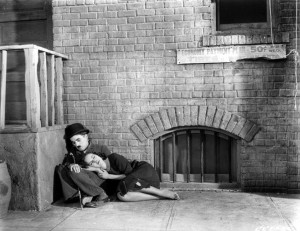
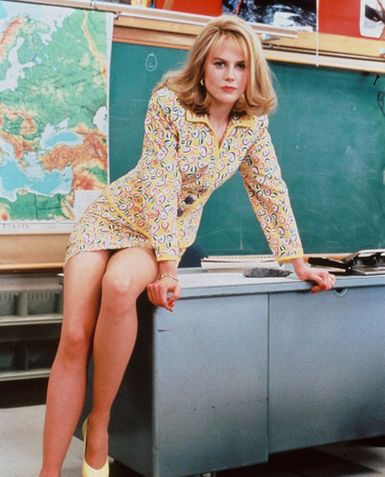 If, like me, you find things to admire in many of Gus Van Sant’s films, you may be especially gratified by what he’s done with this satirical anti-TV script by Buck Henry — suggested by a real-life crime and adapted from a Joyce Maynard novel — and a spot-on performance by Nicole Kidman that may be the best of its kind since Tuesday Weld’s wicked sexual turns in Pretty Poison and Lord Love a Duck. Charting the ruthlessness of an ambitious bimbo telecaster in Little Hope, New Hampshire, this staccato black comedy sustains its brilliant exposition and narration until the plot turns to premeditated murder, complete with hapless and semicoherent teenage accomplices. The movie loses much of its pitch and many of its laughs at this juncture, and there’s an uncomfortable tendency to equate the falsity and venality of TV too exclusively with Kidman’s character, thereby bypassing golden opportunities offered by Wayne Knight (as a station boss) and an uncredited George Segal to make the target less gender specific. But much of this is good nasty fun, with a fine secondary cast that includes Matt Dillon, Joaquin Phoenix, Alison Folland, Casey Affleck, Illeana Douglas, and Dan Hedaya; also look for striking cameos by David Cronenberg and screenwriter Buck Henry.
If, like me, you find things to admire in many of Gus Van Sant’s films, you may be especially gratified by what he’s done with this satirical anti-TV script by Buck Henry — suggested by a real-life crime and adapted from a Joyce Maynard novel — and a spot-on performance by Nicole Kidman that may be the best of its kind since Tuesday Weld’s wicked sexual turns in Pretty Poison and Lord Love a Duck. Charting the ruthlessness of an ambitious bimbo telecaster in Little Hope, New Hampshire, this staccato black comedy sustains its brilliant exposition and narration until the plot turns to premeditated murder, complete with hapless and semicoherent teenage accomplices. The movie loses much of its pitch and many of its laughs at this juncture, and there’s an uncomfortable tendency to equate the falsity and venality of TV too exclusively with Kidman’s character, thereby bypassing golden opportunities offered by Wayne Knight (as a station boss) and an uncredited George Segal to make the target less gender specific. But much of this is good nasty fun, with a fine secondary cast that includes Matt Dillon, Joaquin Phoenix, Alison Folland, Casey Affleck, Illeana Douglas, and Dan Hedaya; also look for striking cameos by David Cronenberg and screenwriter Buck Henry. 